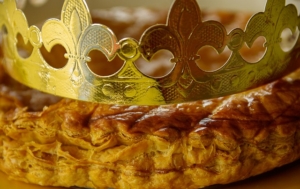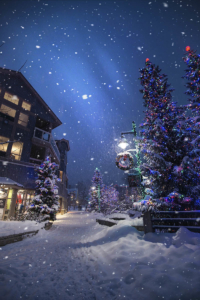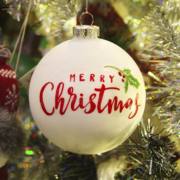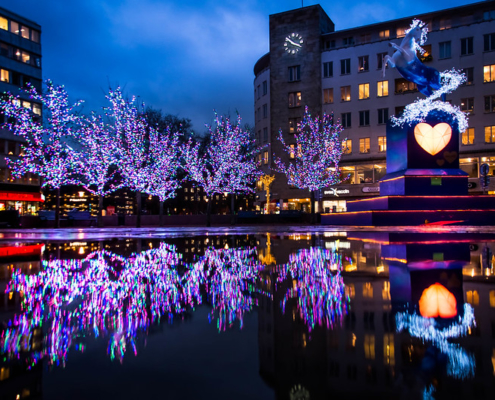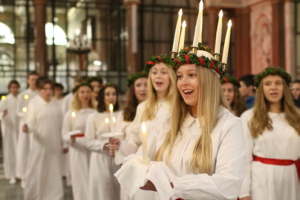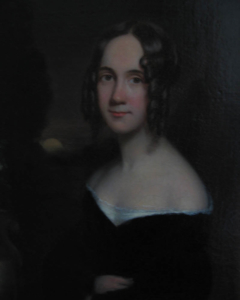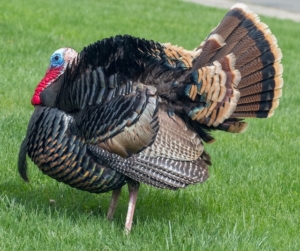As February winds down, we’re gearing up for one of our favorite times of the year here at Yellowstone Hot Springs. The ethereal sight of steam rising from our pools against the backdrop of snow-dusted mountains creates a magical atmosphere this time of year. Whether you’re a winter lover or eagerly anticipating spring’s arrival, these transitional weeks offer something special for everyone.
The Perfect Soak in Any Weather
Montana’s late winter and early spring weather loves to keep us on our toes—one day might bring a fresh blanket of snow, while the next offers sunny skies and mild temperatures. No matter what Mother Nature has in store, our mineral-rich pools are the perfect retreat.
Hot Pool (103-105°F): Perfect for warming up on those crisp, snowy days when the wind cuts right through your jacket.
Main Pool (98-100°F): A comfortable soak for those milder spring afternoons when the sun peeks out and reminds us warmer days are coming.
Cold Plunge (60-65°F): Feeling brave? A quick dip in the cold plunge will wake you up and leave you feeling refreshed. We’ve seen even the most hesitant visitors become converts after experiencing the invigorating rush.
Winter Beauty Meets Spring Awakening
This time of year offers the best of both worlds. The Absaroka Range remains crowned with snow, creating a dramatic backdrop as you soak, while in the valley, the first subtle signs of renewal begin to emerge. You might spot a bald eagle circling overhead or hear the distinctive call of returning sandhill cranes. The Yellowstone River, partially thawed, creates a soothing soundtrack as it tumbles over rocks just yards from our pools.
Fewer Crowds, More Tranquility
Late winter and early spring are some of the quieter times to visit Yellowstone Hot Springs. You’ll have more space to relax in the pools, soak in the views, and enjoy the peaceful surroundings without the summer rush. Recently, a family visiting us on their vacation said: “I still think about the absolute magical afternoon/ evening we spent here nestled in the gorgeous canyon by an amazing river. Beautifully kept site with perfect temperature pools.” We are so happy they enjoyed their visit and look forward to having them back again.
What to Pack for Your Visit
If you’re from Montana, you already know the drill—our weather has a personality all its own. For everyone else, here’s a quick guide to surviving late winter and early spring in Big Sky Country:
Warm Layers: Because that sunny afternoon can turn into a frosty evening faster than you can say “springtime in Montana.” Our locals joke that we can experience all four seasons in a single day—and they’re only half-kidding.
Swimsuit and Flip-Flops: Obviously, you’re here to soak, so don’t forget the essentials. Pro tip: bring two swimsuits if you’re staying multiple days, as nothing is less pleasant than putting on a damp swimsuit for your morning soak.
Waterproof Jacket: For those “surprise” snow showers that aren’t really a surprise to anyone who’s lived here longer than a few months. We’ve seen May blizzards that would make January jealous.
Sunglasses and Sunscreen: The spring sun at our elevation is surprisingly intense, especially when reflecting off lingering snow patches. Many guests leave with unexpected tan lines even during partly cloudy days.
Comfortable Shoes: Whether you’re strolling along the Yellowstone River or just making a quick dash to the pools, you’ll want something sturdy. The ground can be muddy and uneven as the freeze-thaw cycle works its magic.
Activities to Pair with Your Soak
Explore Yellowstone National Park
The North Entrance to Yellowstone National Park is open year-round and just eight miles away. While some areas of the park may still be snowy, this is a great time for wildlife spotting. Head to the Lamar Valley early morning—we’ve had guests report amazing wolf sightings just last week. The reduced winter crowds mean you might have these magical moments all to yourself.
Hike or Stroll Along the Yellowstone River
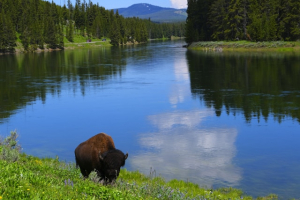 As patches of ground thaw, the riverbanks come alive with the sounds of rushing water and chirping birds. Our favorite easy walk starts just behind our property and follows the river for about a mile to a small cascade that’s particularly dramatic during spring runoff.
As patches of ground thaw, the riverbanks come alive with the sounds of rushing water and chirping birds. Our favorite easy walk starts just behind our property and follows the river for about a mile to a small cascade that’s particularly dramatic during spring runoff.
Enjoy a Cozy Stay
Extend your visit by booking a cabin or suite at Yellowstone Hot Springs. With year-round lodging options, you can relax in comfort after a day of soaking and exploring. Nothing beats stepping from your private cabin directly to the pools in just a few minutes.
Catch a Sunset Soak
The longer days of spring mean more time to enjoy the pools under Montana’s big sky. Watching the sun set behind the mountains while soaking in warm mineral waters is an experience you won’t forget. The alpenglow on the distant peaks turns them a surreal pink that photographs can never quite capture.
Plan Your Visit
This time of year, Yellowstone Hot Springs Resort is open Wednesday through Sunday, 9:00 AM to 9:00 PM. No reservations are needed—just show up and soak! For those staying in the RV park or cabins, enjoy a $5 discount on your soak.
Embrace the Magic of Montana’s Changing Seasons
Spring in Montana is always full of surprises—one day it’s sunny and warm, and the next, a snowstorm reminds us who’s boss. But that’s part of the charm, and it makes soaking in our mineral pools even more rewarding. Whether you’re here for a quick afternoon visit or a weekend getaway, we promise you’ll leave feeling refreshed and recharged.
We can’t wait to welcome you to Yellowstone Hot Springs this season. See you soon!
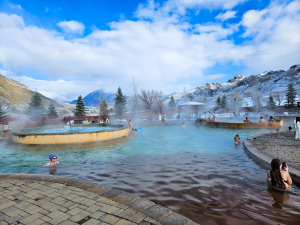
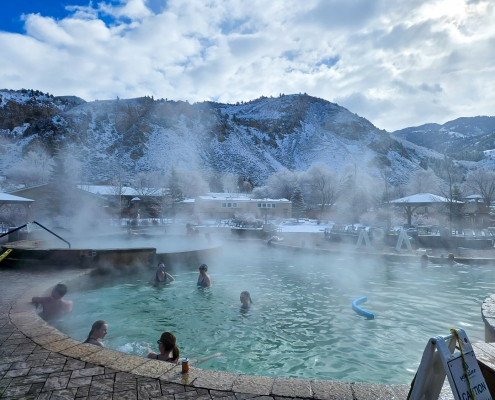
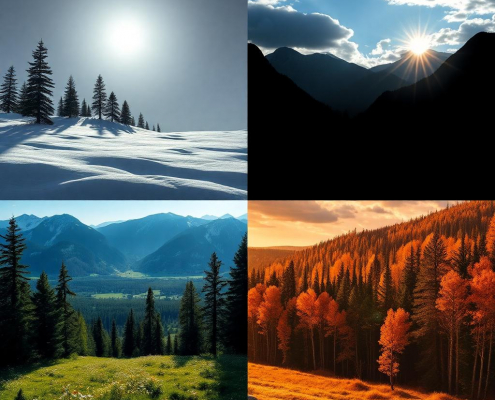
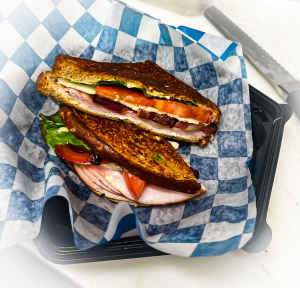
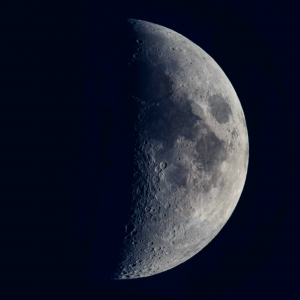
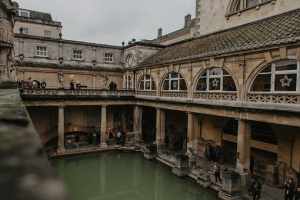
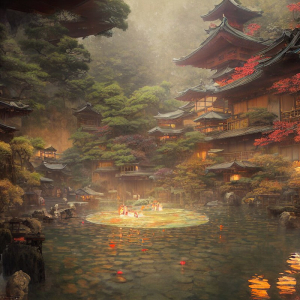
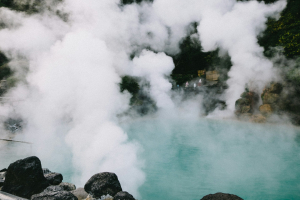
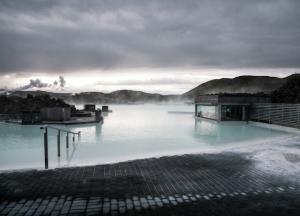
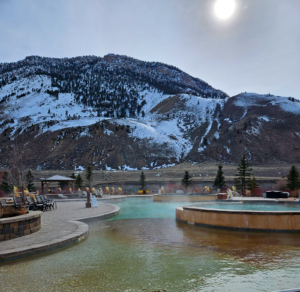
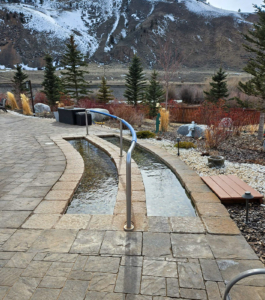
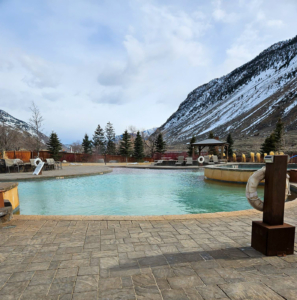
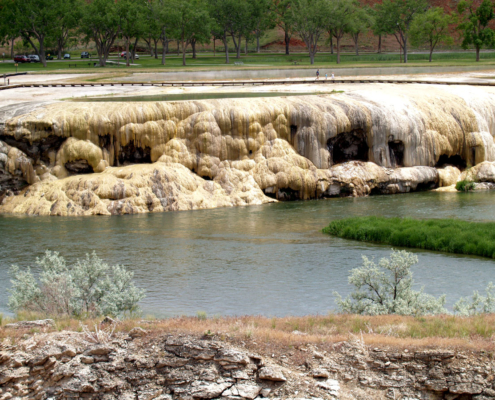
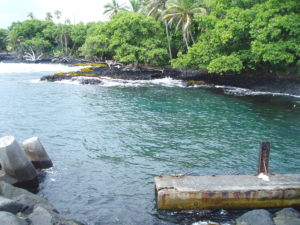
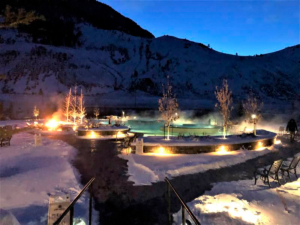
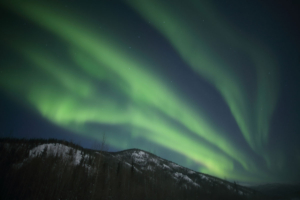
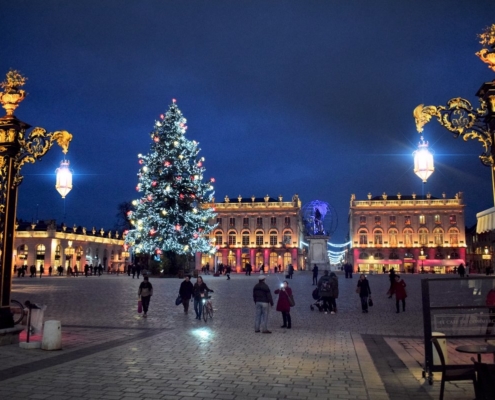
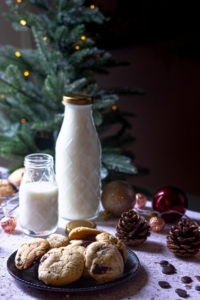
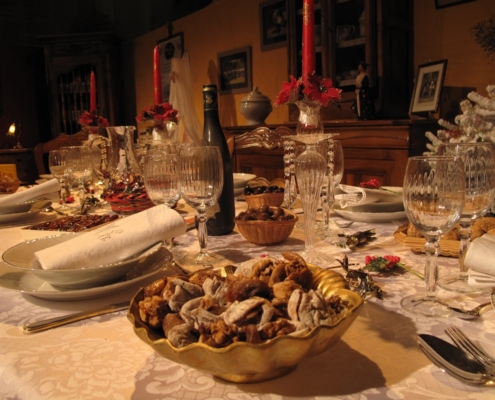 Le Réveillon Feast
Le Réveillon Feast